
Chattahoochee River Headwaters - Mark Trail Wilderness - Chattahoochee National Forest
Because the steep terrain in the Chattahoochee River headwaters area hindered road access, at least 600 acres of this important watershed to Atlanta’s drinking water was never logged. While most of this area has younger or stunted trees growing on steep dry ridges, about 150 acres along the headwater’s tributaries and north facing slopes with gentler slopes survives as old-growth in six distinct areas ranging from 5 to 100 acres. The old-growth canopy in these pockets of larger trees is dominated by tulip trees up to 16 feet in circumference, and white, chestnut, and northern red oaks up to 12 feet in circumference. The estimated age on the larger tulip trees and oaks is well over 200 years. Other tree species present include red hickory, black gum, red maple, Fraser magnolia, and a few white basswoods. Individual large trees can be seen from the Appalachian Trail and Jacks Knob Trail. One notable feature of the headwater’s old-growth stands is the presence of fallen dead chestnuts, a rare sight on the Chattahoochee National Forest. During the 1930s, the Forest Service and timber companies aggressively salvage-logged virtually all the accessible dead and dying chestnuts in the Blue Ridge Mountains. However, the headwaters’ steep terrain prevented the removal of the dead chestnuts so remnant surviving logs are still to be found in some of the old-growth pockets growing on richer soils. Another important feature of the headwaters’ old-growth area is it includes the spring source of the Chattahoochee River, which just happens to be located next to a centuries-old giant tulip tree. For more information about some of the old-growth areas in the Chattahoochee River headwaters, see pages 54-56 in the book “Rambling Through Old-Growth Forests Past and Present: A Personal Survey of Surviving Old-Growth Forests on the Blue Ridge Ranger District, Chattahoochee National Forest.”
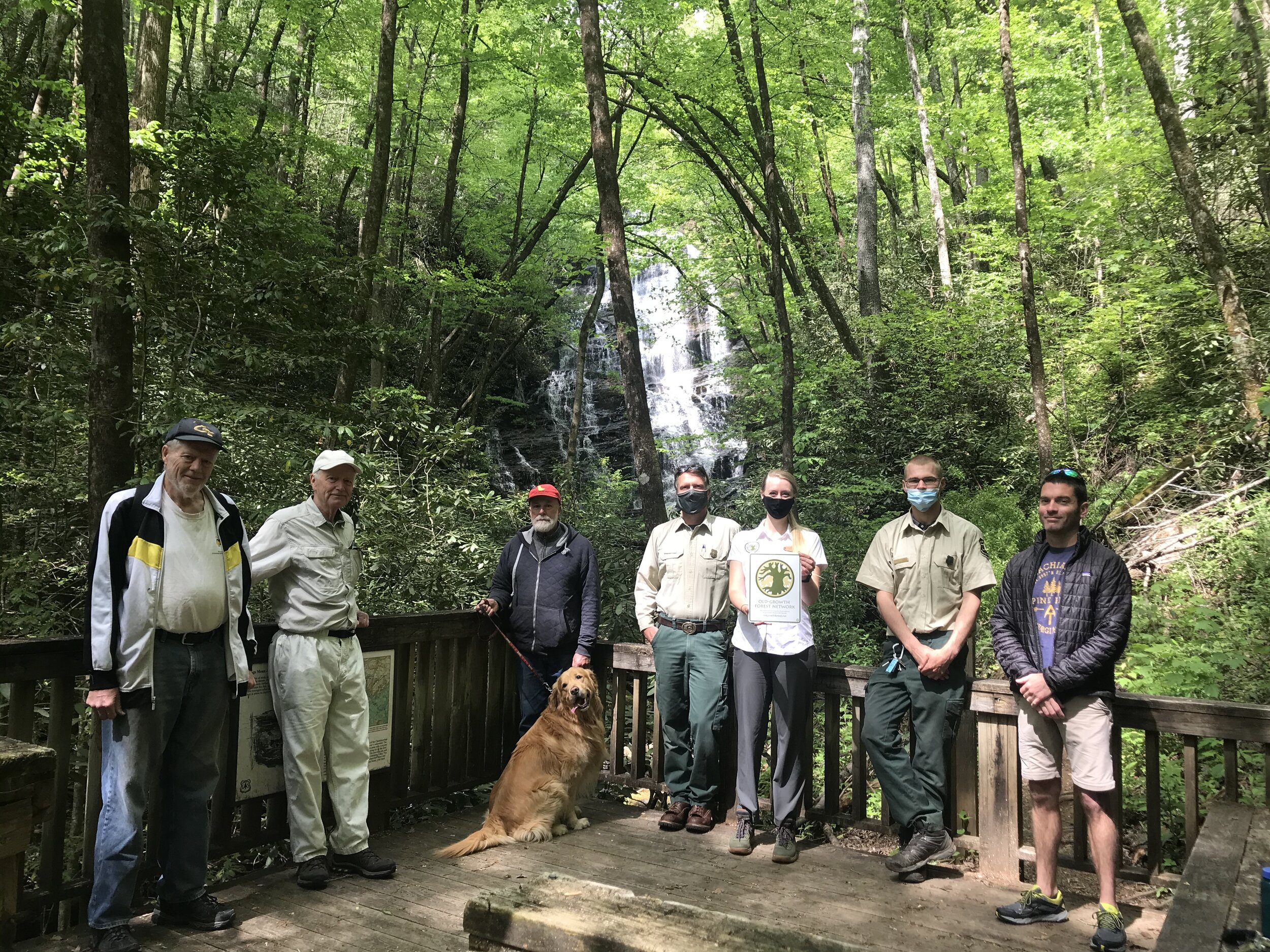
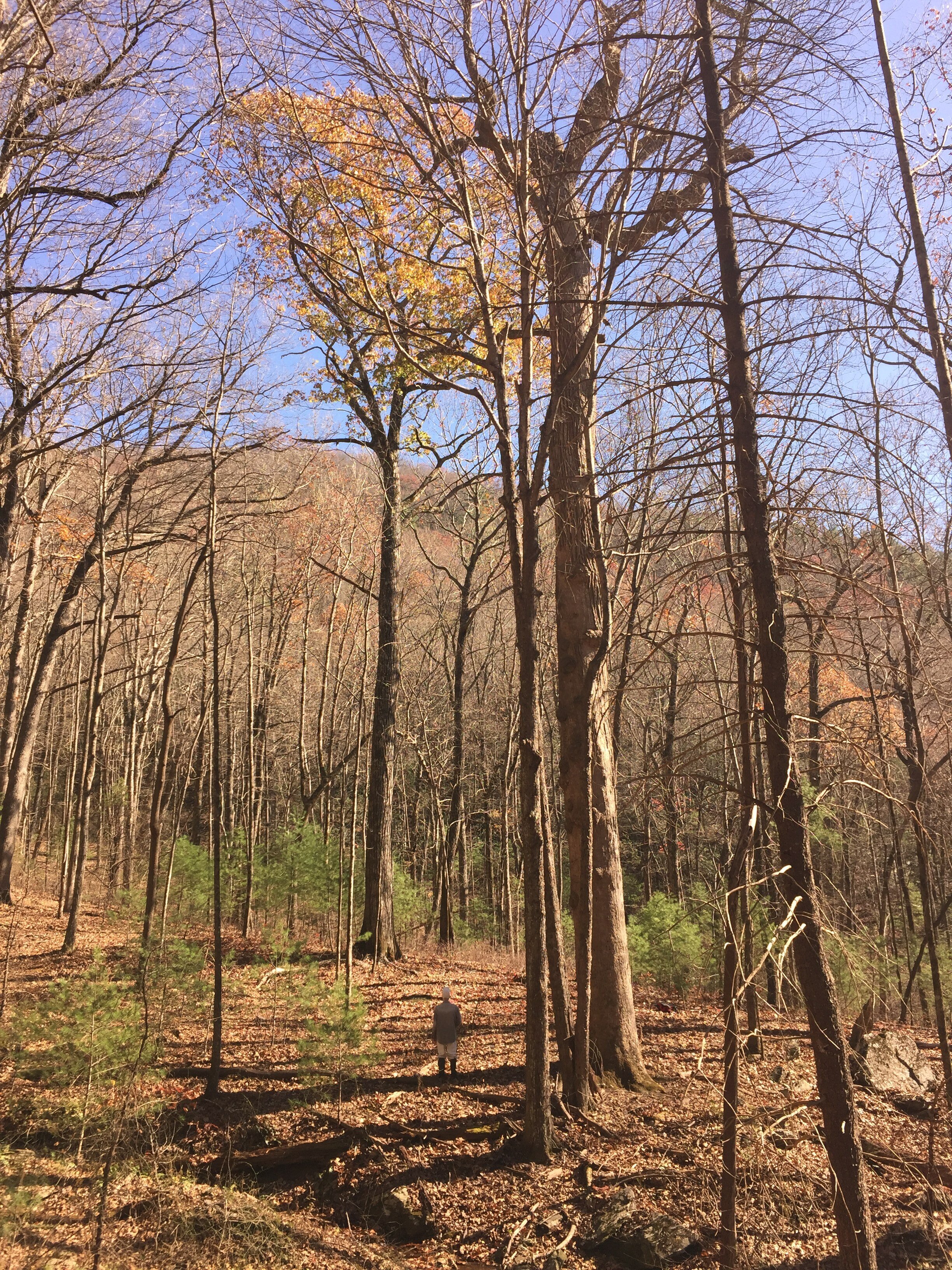
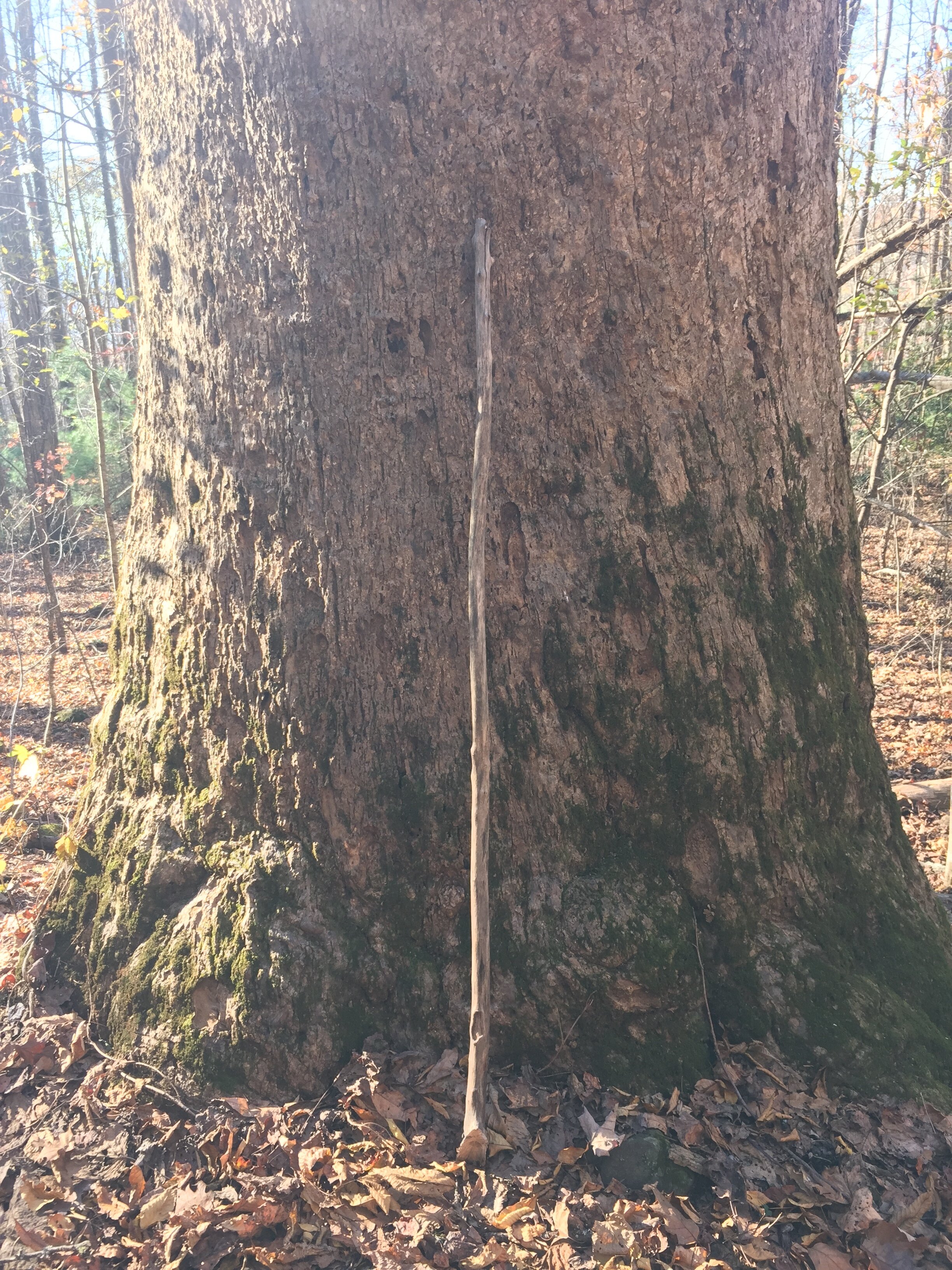

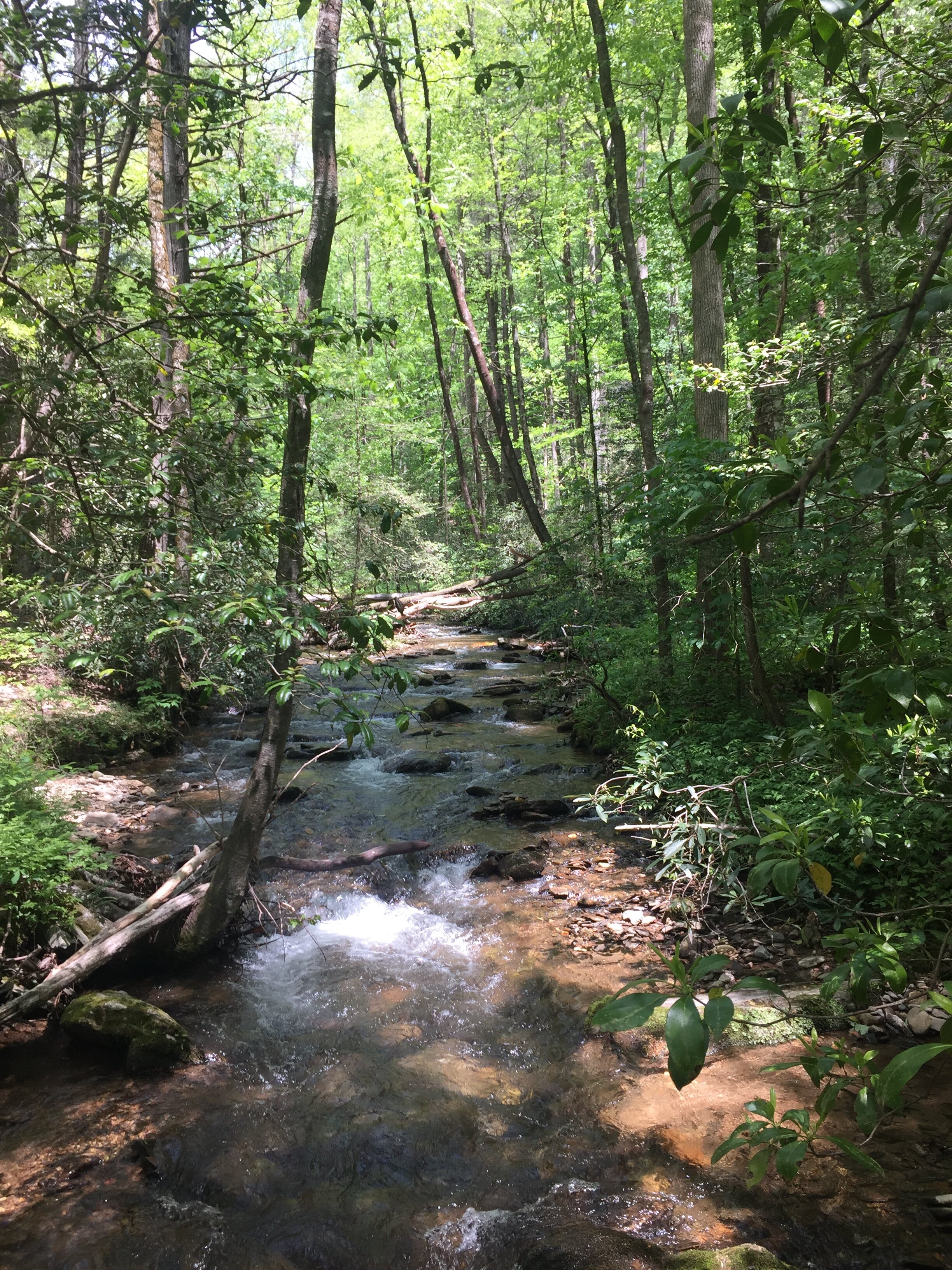
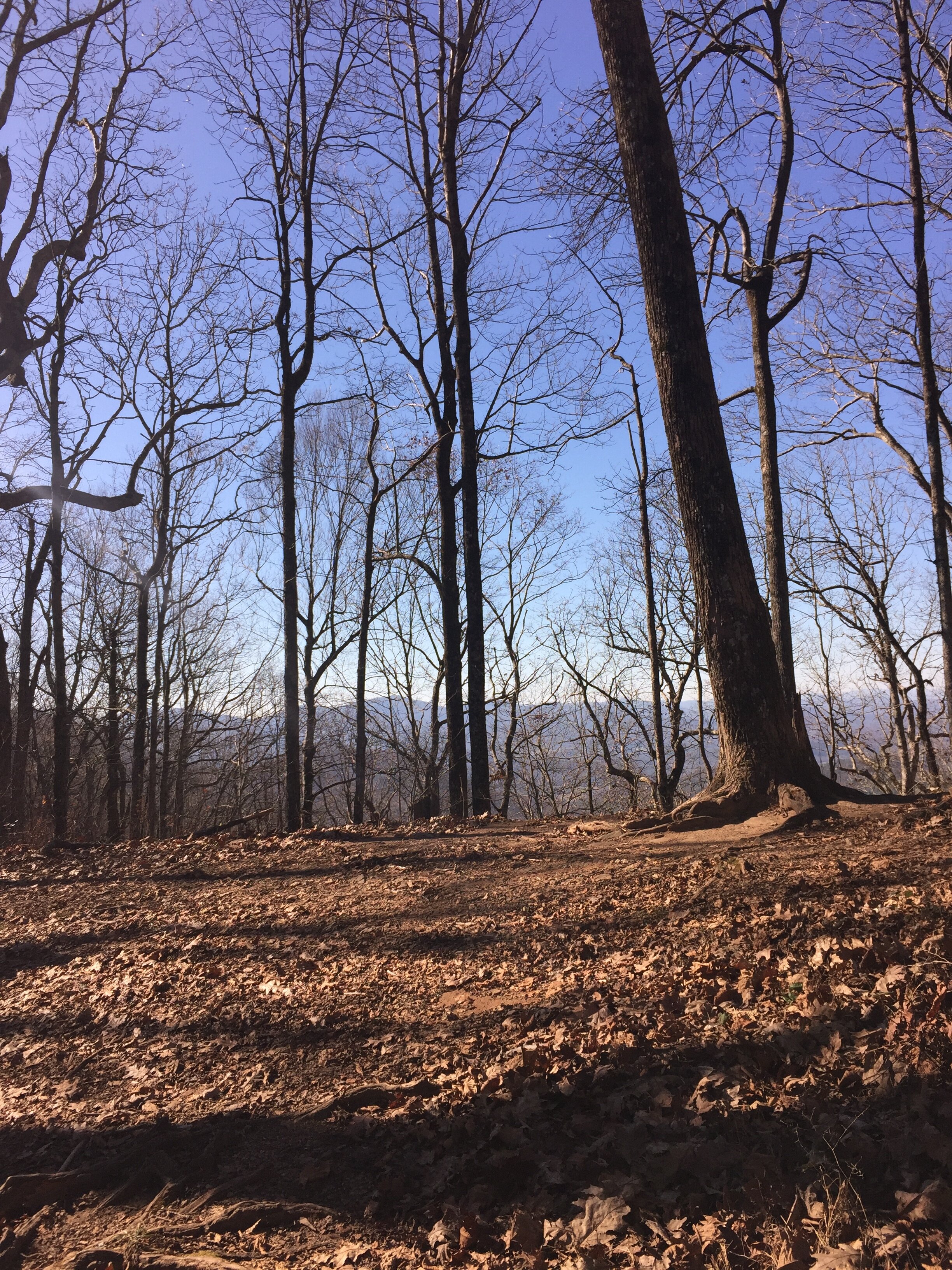
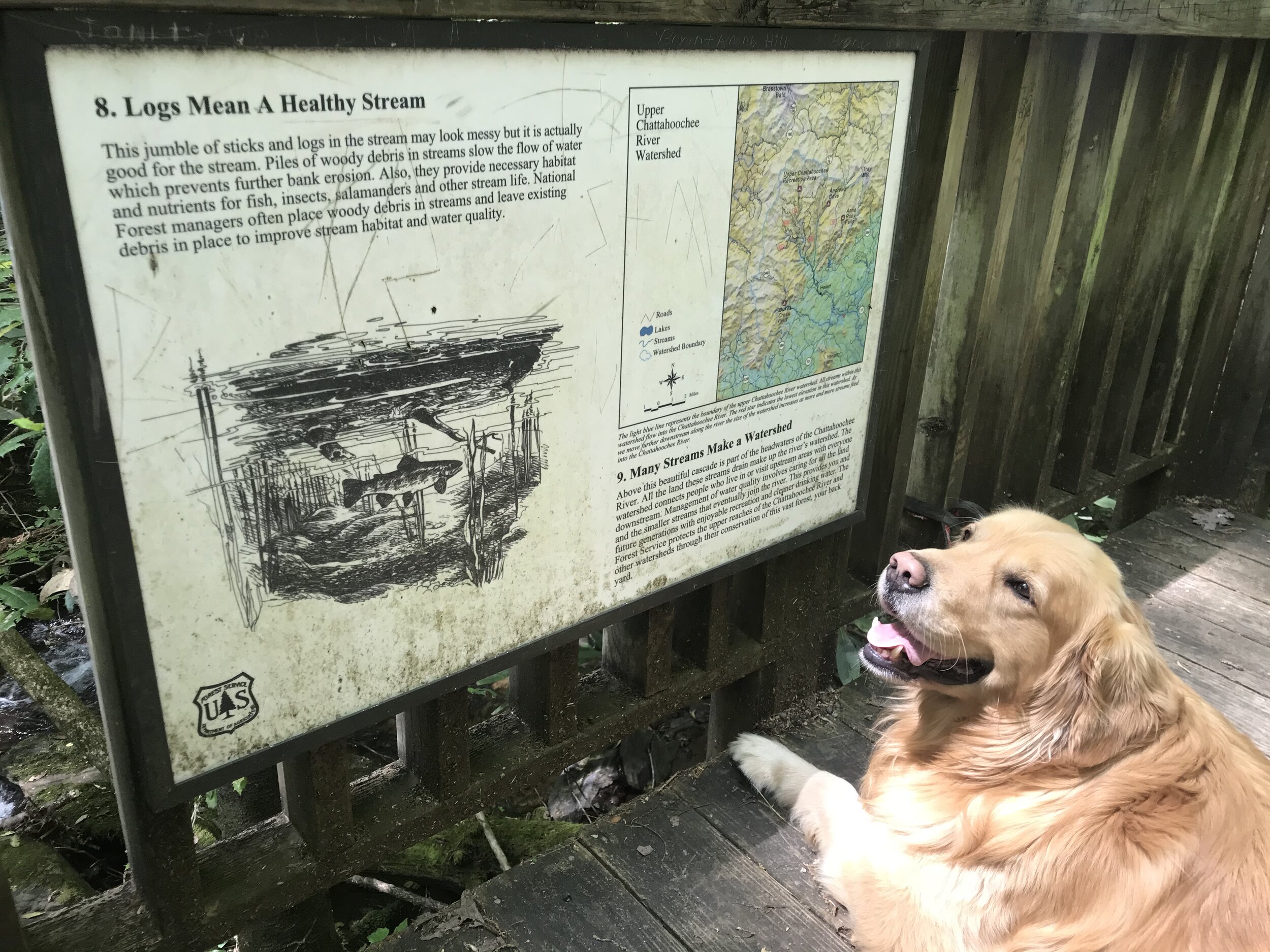
View All Network Forests in the State of Georgia
View All Network Forests in the U.S.
View All Forest Designations

